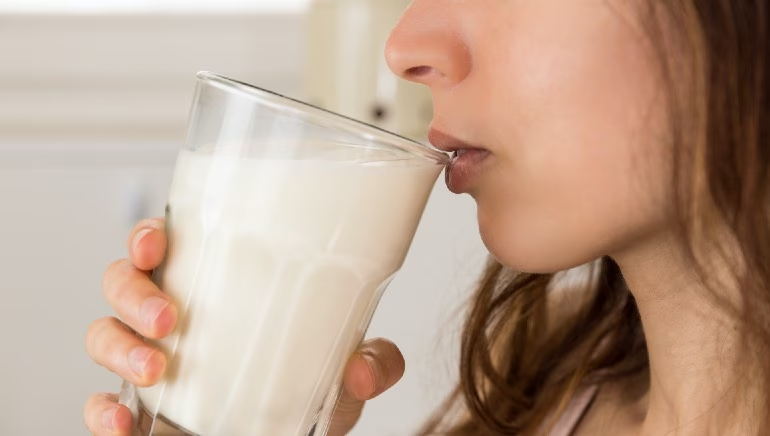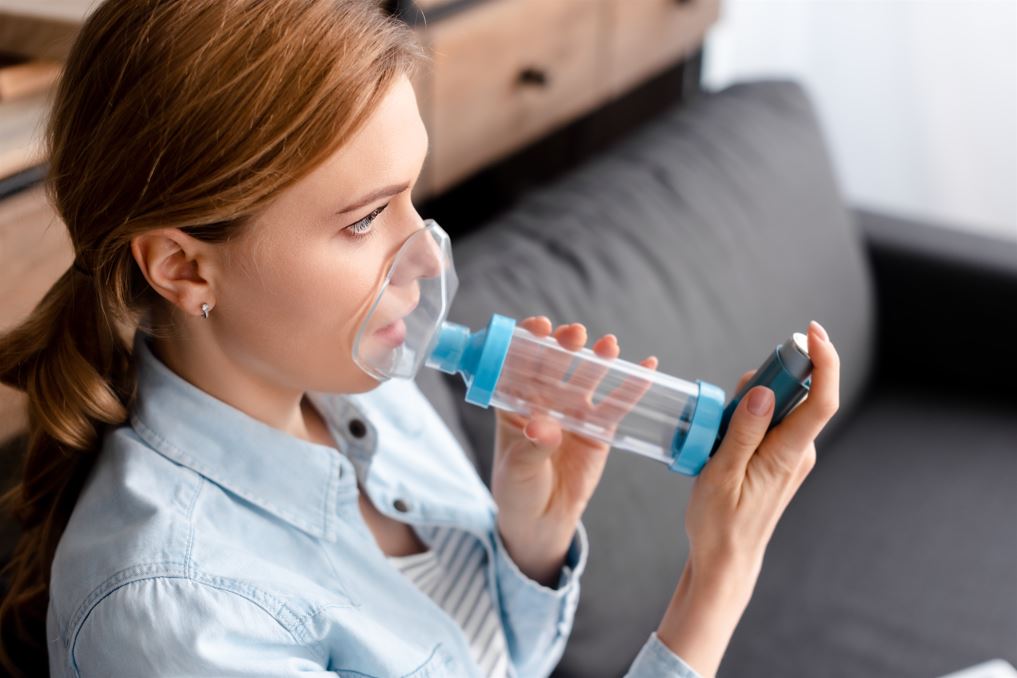Protecting Yourself from the Sun: A Comprehensive Guide

The sun’s ultraviolet (UV) rays can cause serious damage to your skin, eyes, and overall health. Prolonged exposure to UV radiation increases your risk of developing skin cancer, premature ageing, and other health problems.

In this article, we will discuss the importance of protecting yourself from the sun and provide you with a comprehensive guide on how to do so.
Why Sun Protection is Important
The sun’s UV rays are strongest between 10am and 4pm, and they can pass through clouds and glass. Exposure to UV radiation can cause:
- Skin Cancer: UV radiation is a major risk factor for skin cancer, including melanoma, basal cell carcinoma, and squamous cell carcinoma.
- Premature Ageing: UV radiation can cause photoaging, leading to wrinkles, fine lines, age spots, and loose skin.
- Eye Damage: UV radiation can cause eye damage, including cataracts, macular degeneration, and eye irritation.
- Immune System Suppression: UV radiation can weaken your immune system, making you more susceptible to infections and diseases.
How to Protect Yourself from the Sun
Protecting yourself from the sun requires a combination of clothing, sunscreen, and behavioural changes. Here are some tips to help you protect yourself from the sun:
- Clothing: Wear protective clothing, including:
– Wide-brimmed hats
– Long-sleeved shirts and pants
– Socks and shoes
– Scarves and bandanas
2. Sunscreen: Use a broad-spectrum sunscreen with a Sun Protection Factor (SPF) of at least 30. Apply sunscreen:
- 15-30 minutes before going outside
- Every 2 hours or immediately after swimming or sweating
- To all exposed skin, including hard-to-reach areas
- Seek Shade: Whenever possible, seek shade, especially during peak sun hours (10am-4pm).
- Wear Sunglasses: Wear sunglasses that provide 100% UV protection to protect your eyes and the skin around them.
- Avoid Tanning Beds: Tanning beds emit UV radiation, increasing your risk of skin cancer and premature ageing.
Be Mindful of Reflections: Be aware of reflections from water, sand, and snow, which can increase your exposure to UV radiation.
- Check the UV Index: Plan your outdoor activities based on the UV index, which forecasts the day’s expected level of sun damage.
Additional Tips for Specific Groups
Certain groups of people require extra sun protection measures. These groups include:
- Children: Children’s skin is more sensitive to UV radiation. Dress them in protective clothing, apply sunscreen regularly, and seek shade when possible.
- Fair-Skinned Individuals: Fair-skinned individuals are more susceptible to sun damage. Use extra precautions, such as seeking shade and wearing protective clothing.
People with Albinism: People with albinism require extra sun protection measures, including wearing protective clothing, seeking shade, and using sunscreen with high SPF.
- People Taking Certain Medications: Certain medications, such as some antibiotics and antihistamines, can increase your sensitivity to UV radiation. Consult your doctor or pharmacist for advice on sun protection.
Conclusion
Protecting yourself from the sun is crucial for maintaining healthy skin, eyes, and overall health. By following the tips outlined in this article, you can reduce your risk of skin cancer, premature ageing, and other health problems associated with UV radiation. Remember to be mindful of your surroundings, take extra precautions when necessary, and enjoy the sun safely.

Other stories
Limiting Alcohol Consumption: A Crucial Step in Cancer Prevention
Breaking Free from Nicotine: A Comprehensive Guide to Quitting Smoking
The Power of Exercise in Cancer Prevention
A Healthy Diet: The Key to Optimal Health
“Ghana’s Billionaire, Osei Kwame Despite, to Launch World-Class Automobile Museum”



